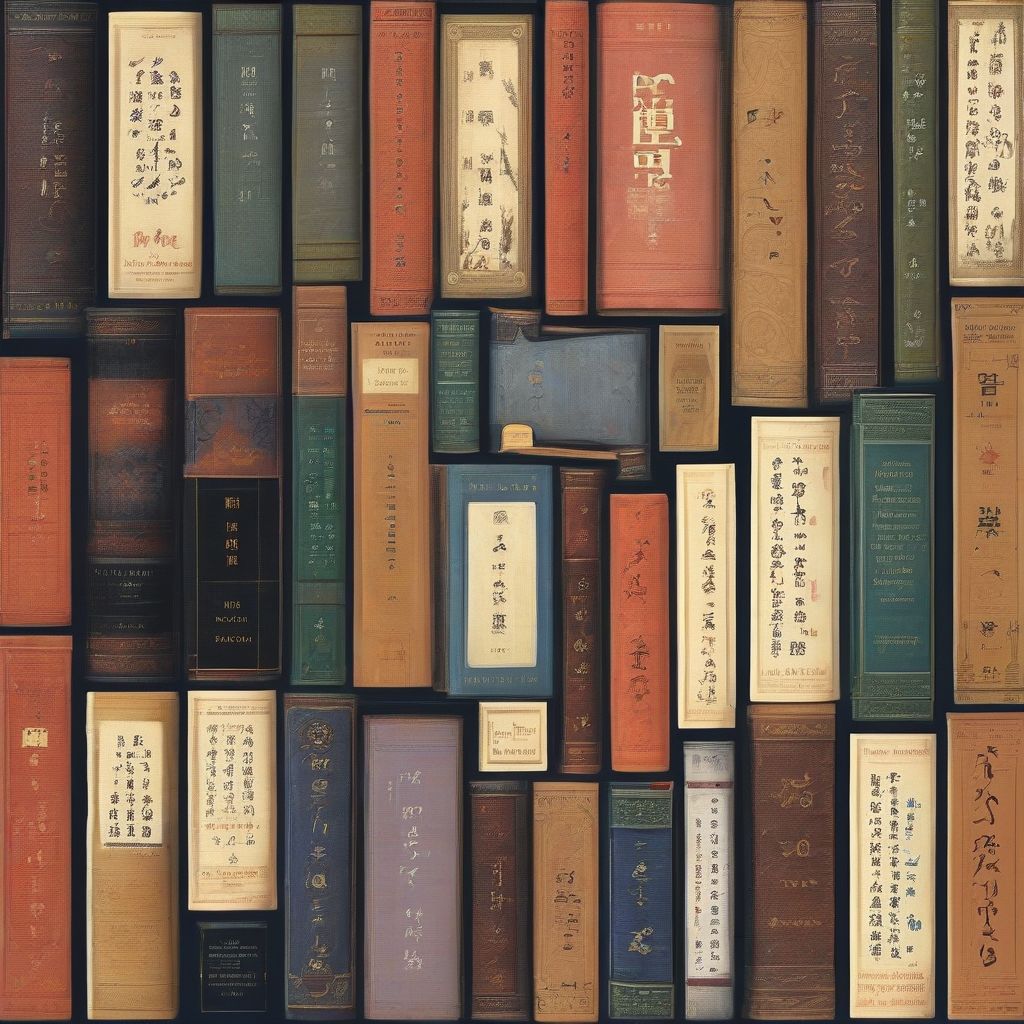Imagine settling down with a beloved classic, eager to be swept away by its timeless prose, only to find yourself stumbling over awkward phrasing and clunky sentences. Sadly, this is a common experience for many readers who unknowingly pick up a subpar translation.
Choosing the right translation of a classic work can feel like navigating a literary labyrinth. With countless editions available, it’s easy to feel overwhelmed. But fear not, intrepid reader! This guide will equip you with the knowledge and strategies to confidently select a translation that not only honors the original text but also enhances your reading experience.
Understanding the Importance of a Good Translation
Before we delve into the selection process, let’s take a moment to appreciate why choosing a good translation is crucial. A translator acts as a bridge between the author’s original language and the reader’s language. A skilled translator doesn’t merely substitute words; they strive to capture the essence, nuances, and musicality of the original text.
A poor translation, on the other hand, can obscure the author’s voice, distort the meaning, and ultimately diminish the reader’s enjoyment. Imagine reading a Shakespearean sonnet stripped of its lyrical beauty or a Jane Austen novel devoid of its witty dialogue—the experience simply wouldn’t be the same!
Factors to Consider When Choosing a Translation
Now that we understand the stakes, let’s explore the key factors to consider when selecting a translation:
1. The Translator’s Reputation and Expertise
Just as you’d research a doctor or a mechanic before entrusting them with an important task, it’s essential to consider the translator’s credentials. Look for translators who:
- Specialize in the author or the time period: Some translators dedicate their careers to translating works by a specific author or from a particular historical era. Their deep understanding of the source language, cultural context, and authorial style makes their translations particularly insightful.
- Have received critical acclaim: Awards, positive reviews from reputable sources, and recommendations from literary experts can be good indicators of a translator’s skill and credibility.
- Align with your reading preferences: Some translators prioritize literal accuracy, while others favor readability and flow. Consider your own preferences and choose a translator whose approach resonates with you.
2. The Translation’s Publication Date
Translations, like all creative works, are products of their time. A translation published in the 19th century will inevitably reflect the linguistic norms and sensibilities of that era. While such translations can be fascinating from a historical perspective, they might not be the most accessible or enjoyable for modern readers.
Here’s a general guideline:
- For classic works written before the 20th century: Consider opting for a more recent translation (published within the last few decades). These translations often benefit from updated language and a deeper understanding of the historical context.
- For modern classics: Look for translations published within a reasonable timeframe of the original work. This helps ensure that the language and cultural references feel fresh and relevant.
3. The Edition’s Introduction, Footnotes, and Annotations
Don’t underestimate the value of supplementary materials! A well-crafted introduction can provide invaluable context about the author, the work, and the translation itself. Footnotes and annotations can clarify obscure references, explain wordplay, and offer insights into the original language.
When evaluating supplementary materials, consider:
- Clarity and Accessibility: Are the explanations easy to understand, even for someone unfamiliar with the work or the time period?
- Depth of Information: Do the materials enhance your understanding and appreciation of the text?
- Intrusiveness: Are there so many footnotes that they disrupt the flow of reading? The ideal balance depends on your personal preference.
4. Read Excerpts and Reviews
Before committing to a particular translation, take the time to read sample passages online or in a bookstore. Pay attention to the language, the rhythm, and the overall feel of the text. Does it flow smoothly? Does it capture the spirit of the original work?
Reading reviews from other readers and literary critics can also provide valuable perspectives. Look for reviews that discuss the translator’s choices, the clarity of the prose, and the overall reading experience.
Finding the Right Translation: Resources and Tips
Now that you know what to look for, where can you find reliable information about different translations? Here are some helpful resources:
- Literary Magazines and Journals: Publications like The New Yorker, The Paris Review, and the London Review of Books often feature reviews of new translations.
- Book Review Websites: Websites like Goodreads and LibraryThing allow users to rate and review different editions of books, including translations.
- Scholarly Databases: If you’re looking for in-depth analysis and comparisons of different translations, consider consulting academic databases like JSTOR or Project MUSE.
 Classic Literature Translations
Classic Literature Translations
[amazon bestseller=”classic literature translations”]
Conclusion: Embracing the Journey of Discovery
Choosing the right translation of a classic work is an important decision that can significantly impact your reading experience. By considering factors like the translator’s reputation, the publication date, and the quality of supplementary materials, you can confidently navigate the world of translations and find an edition that resonates with you.
Remember, reading a classic work in translation is a journey of discovery. It’s an opportunity to engage with timeless stories, explore different cultures, and expand your literary horizons. So, embrace the process, trust your instincts, and embark on a rewarding reading adventure!
